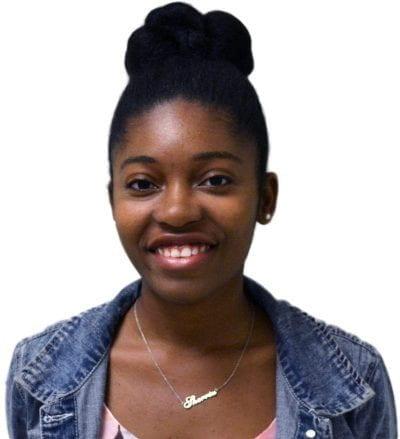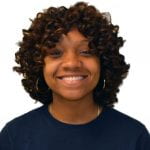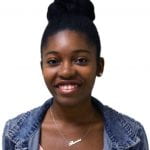Photonics West Conference 2020
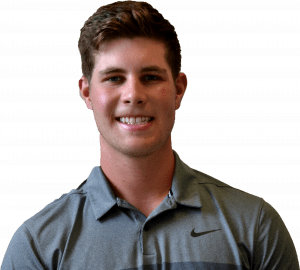 Attending the SPIE Photonics West conference in San Francisco was an incredible experience that shed new light onto my research and the filed of optics and lasers that I was previously unaware of. This was my first academic conference that I had attended and being a talk presenter made it feel even more like jumping into the deep end of a pool. The first couple days the scale of the conference was quite overwhelming, with the events spanning three conference halls and multiple hotels in the area. I was able deal with the nerves that I had going into my presentation using some meditation skills I have acquired through collegiate baseball. Going over my talk with my research advisor it came to my attention how important it is to be as accurate as possible when discussing my research in the professional setting. I had previously presented this research in August of 2019 to fellow undergraduate physics researchers and mentors at the University of Alabama at Birmingham. At Photonics West my talk would be under significantly more scrutiny than in the undergraduate setting. The pressure resulted in me having to know the ins and outs of all aspects of my talk. Post-talk questions also brought to light a couple aspects of my research I has not previously thought of. For most, I was asked about potential utilization of the InP crystal analyzed for laser applications going forward which could have real merit and possibilities. This would turn my summer research project into a large-scale project similar to a dissertation.
Attending the SPIE Photonics West conference in San Francisco was an incredible experience that shed new light onto my research and the filed of optics and lasers that I was previously unaware of. This was my first academic conference that I had attended and being a talk presenter made it feel even more like jumping into the deep end of a pool. The first couple days the scale of the conference was quite overwhelming, with the events spanning three conference halls and multiple hotels in the area. I was able deal with the nerves that I had going into my presentation using some meditation skills I have acquired through collegiate baseball. Going over my talk with my research advisor it came to my attention how important it is to be as accurate as possible when discussing my research in the professional setting. I had previously presented this research in August of 2019 to fellow undergraduate physics researchers and mentors at the University of Alabama at Birmingham. At Photonics West my talk would be under significantly more scrutiny than in the undergraduate setting. The pressure resulted in me having to know the ins and outs of all aspects of my talk. Post-talk questions also brought to light a couple aspects of my research I has not previously thought of. For most, I was asked about potential utilization of the InP crystal analyzed for laser applications going forward which could have real merit and possibilities. This would turn my summer research project into a large-scale project similar to a dissertation.
At the conference I was also able to attend a four-hour course on laser fundamentals with the emphasis being placed how the private laser sector discusses and buys/sells laser systems. The course in addition to providing new information allowed me to think about private optics companies which may be a field I have interest getting into in my future.
The conference also had a large exhibition for companies to showcase new technologies that they have developed. Companies ranged from small photonics start-ups to large companies such as ThorLabs and M2. Personally, walking about the exhibition hall and discussing products and jobs with exhibitioners was more insightful than sitting in on talks. I was able to relate skills and tools that I have developed in the lab to what others are doing in private sectors. To me the exhibition hall was the hidden aspect of science that is an accumulation of academia. Up to this point in my life, education has been the end goal but I now a new perspective of where my education may lead me to. And Photonics West was a great intersection of academics presenting talks and posters while companies showcase their technologies. Overall, the conference was a challenge I had to face in presenting and getting over fears along with a great opportunity to see how much insightful and interesting stuff is going on in optics. I am incredibly humble and grateful to be given this opportunity to present and attend the conference and I hope to continue to make the most of the opportunity that I was given.
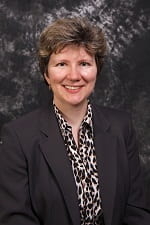
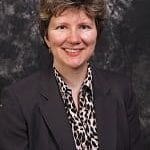
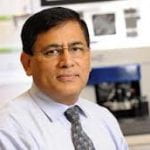 The following article appears in the
The following article appears in the 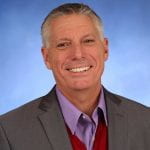 A partnership comprising nine universities in Alabama, including The University of Alabama in Huntsville (UAH) as the lead institution (Dr. Gary Zank, PI), has been awarded a $20 million, five-year grant by the National Science Foundation’s Experimental Program to Stimulate Competitive Research (EPSCoR
A partnership comprising nine universities in Alabama, including The University of Alabama in Huntsville (UAH) as the lead institution (Dr. Gary Zank, PI), has been awarded a $20 million, five-year grant by the National Science Foundation’s Experimental Program to Stimulate Competitive Research (EPSCoR